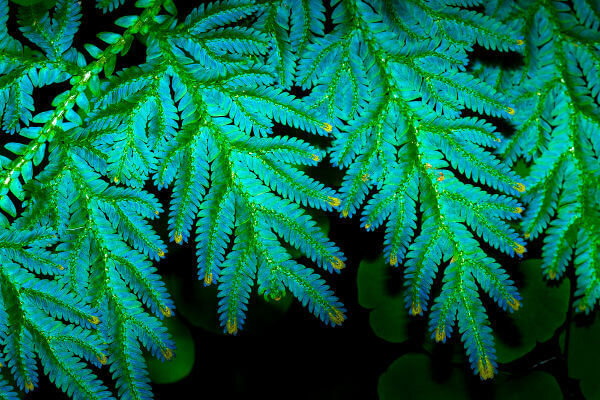Fin and land iguanas, lava geckos, pilot whales, sea lions, seals, native cacti, giant turtles, 14 different species of finches, frigates, herons, hawks, seagulls, small penguins, flycatchers, blue or red-legged pikemen, flamingos, pelicans and jesters. Do you know which place I mean? To the Galápagos archipelago, which in Spanish means giant tortoise that can be mounted – and this name is not a mere accident.
Declared a World Heritage Site in 1978, the second largest marine reserve on the planet is located 1000 km west of the Equator, on the Galapagos Rift (a branch of the Eastern Pacific Rise) and 1500 km southwest of the Panama Canal, consisting of nearly 60 volcanic islands, only four of which are inhabited. The entire archipelago is 8,010 km² in length.
The archipelago is believed to be the result of undersea volcanic eruptions that emerged five million years ago. In addition to this feature and geographic isolation, in Galápagos there is the meeting of four maritime currents (Humboldt, Cromwell and Ecuadorian north and south), bringing different temperature and micronutrient conditions, providing conditions for differentiated habitats, providing important factors to house a wide variety of species that occur only in the (endemic) region, which are circumstantial evidence that inspired the naturalist Charles Darwin to later understand the mechanism of natural selection and evolution.
One of the best known inhabitants of the Archipelago is called George, a giant tortoise from the island of Pinta and, until further notice, recognized as the last individual of its species. At approximately 80 years of age, George, a chelonian 1 m long and about 90 kg, was found in 1971 and has lived since then in the Galápagos National Park, where he has been introduced to several females of species close to he.
The Galapagos tortoises are an interesting case that makes the archipelago so fascinating: these individuals have typical characteristics according to the island they came from, resulting from the geographical isolation between them, giving rise to distinct species. If George reproduces with one of these females, the individuals from this union must go through several generations until individuals similar to him are obtained. An individual was recently found whose parents were likely a relative of George and a giant tortoise of another species. This discovery raises new hopes, as it is possible that this individual has siblings or even there are other individuals of the famous chelonian species, if we remember that these chelonians can live more than one century.
Do not stop now... There's more after the advertising ;)
The island faces serious issues, such as the introduction of species from other regions that compete with native species for resources or feed on them; great demand for tourists, in addition to fishermen who, mainly due to low financial conditions, are they surrender to the Chinese market and sell sea cucumbers, shark fins, genitals and skins to it. sea lions.
Conservation programs involving many debates and the search for ways to bring together fishermen, tourists, conservationists and local people in order to protect biodiversity, while guaranteeing a dignified life for the inhabitants of the archipelago; they may be the solution for the Galápagos to remain an example of exuberance and, in fact, the true living laboratory that Charles Darwin knew in 1835.
Observation: On July 28, 2010, during a meeting of the UNESCO World Heritage Committee in Brasília, the 58 islands of the Archipelago of Galapagos dropped off the Endangered World Heritage List, a decision contrary to the opinion of the IUCN (International Union for Conservation of Nature). The Committee attested that Ecuador had made significant progress in its action to address these problems.
By Mariana Araguaia
Graduated in Biology



